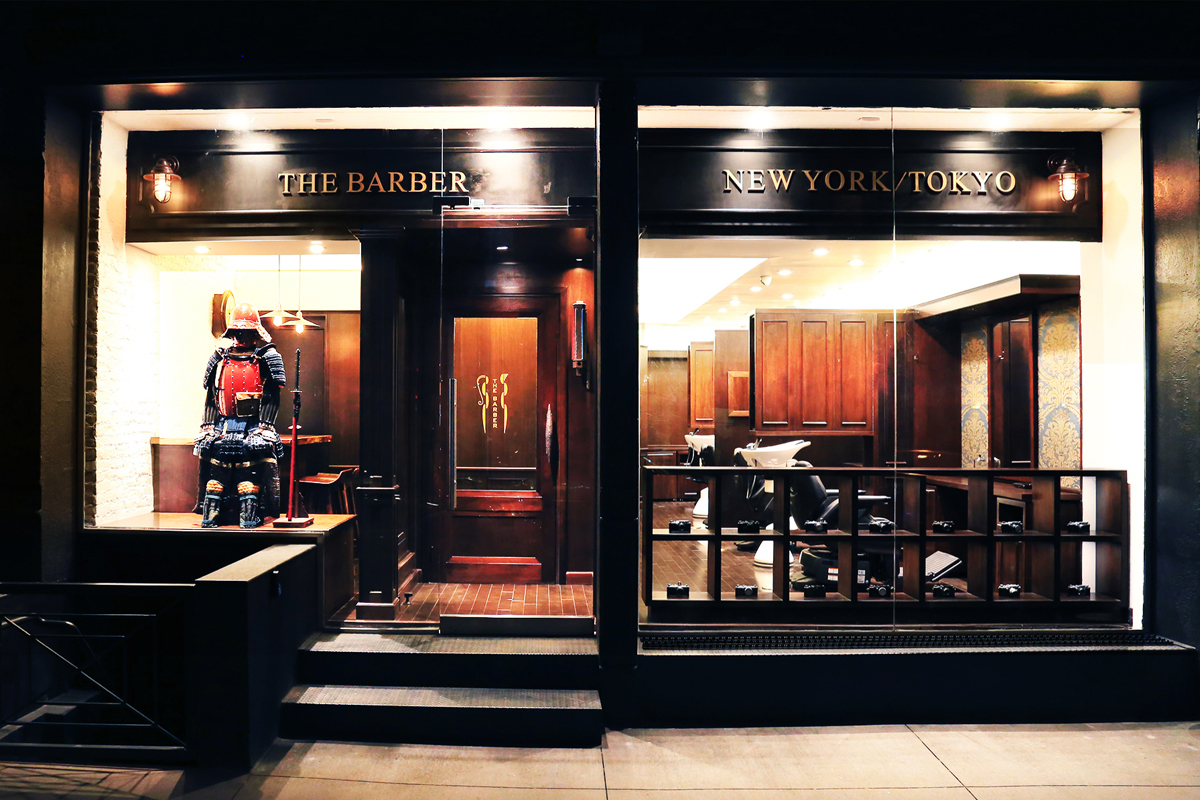Assuring Customer Health Through Efficient Safety and Safety Standards in the Hairdressing Field
This hair grooming industry holds a crucial position in personal care and self-maintenance. Nonetheless, it is vital to prioritize the wellness and security of both clients and barbers in this environment. Robust health and protection standards are crucial for maintaining hygiene standards, avoiding accidents, and ensuring a positive experience for everyone involved. By adhering to these regulations, barbers can establish a safe space that encourages confidence and ease among clients.

A single critical aspect of well-being and safety in grooming is sanitation. Barbers must adhere to rigorous cleaning protocols, including regular cleaning of equipment and stations. This includes sanitizing shears, trimmers, and brushes after every use to eliminate the possibility of transmitting bacteria or contamination. Additionally, professionals should use sanitized capes and linens for each individual to maintain a hygienic environment. Implementing these practices not only protects customers but also enhances the credibility of the grooming business.
An additional important requirement addresses the safe handling of chemicals used in styling services. Products such as coloring agents, chemical straighteners, and other formulations can present hazards if not handled properly. Stylists must adhere to safety guidelines for the containment and use of these products to prevent dermal reactions or allergic reactions among clients. Using protective gear and ensuring sufficient ventilation during treatments are visit this web-site essential steps that barbers should take to protect customer well-being while offering quality services.
Injury avoidance is also a key component of health and safety regulations in barbering. Barbershops should be designed with safety in mind, minimizing hazards such as wet surfaces or disorganized workspaces. Staff should be trained in emergency procedures, including how to handle cuts or burns that may occur during service. Providing first aid kits and confirming that all go to this web-site team personnel know their placements is an effective way to anticipate unforeseen events. By emphasizing preventative actions, practitioners can maintain an environment where clients feel secure and cared for.
Finally, effective communication is key to ensuring client wellbeing in the barbering industry. Barbers should consult patrons about their preferences and any potential risks associated with the services provided. This involves reviewing sensitivities to chemicals or prior adverse reactions reported by clients. By fostering open communication, professionals can develop rapport with their customers while ensuring that they receive customized care tailored to their individual requirements. In the end, prioritizing health and safety regulations will result in enhanced customer satisfaction and a thriving haircare practice.